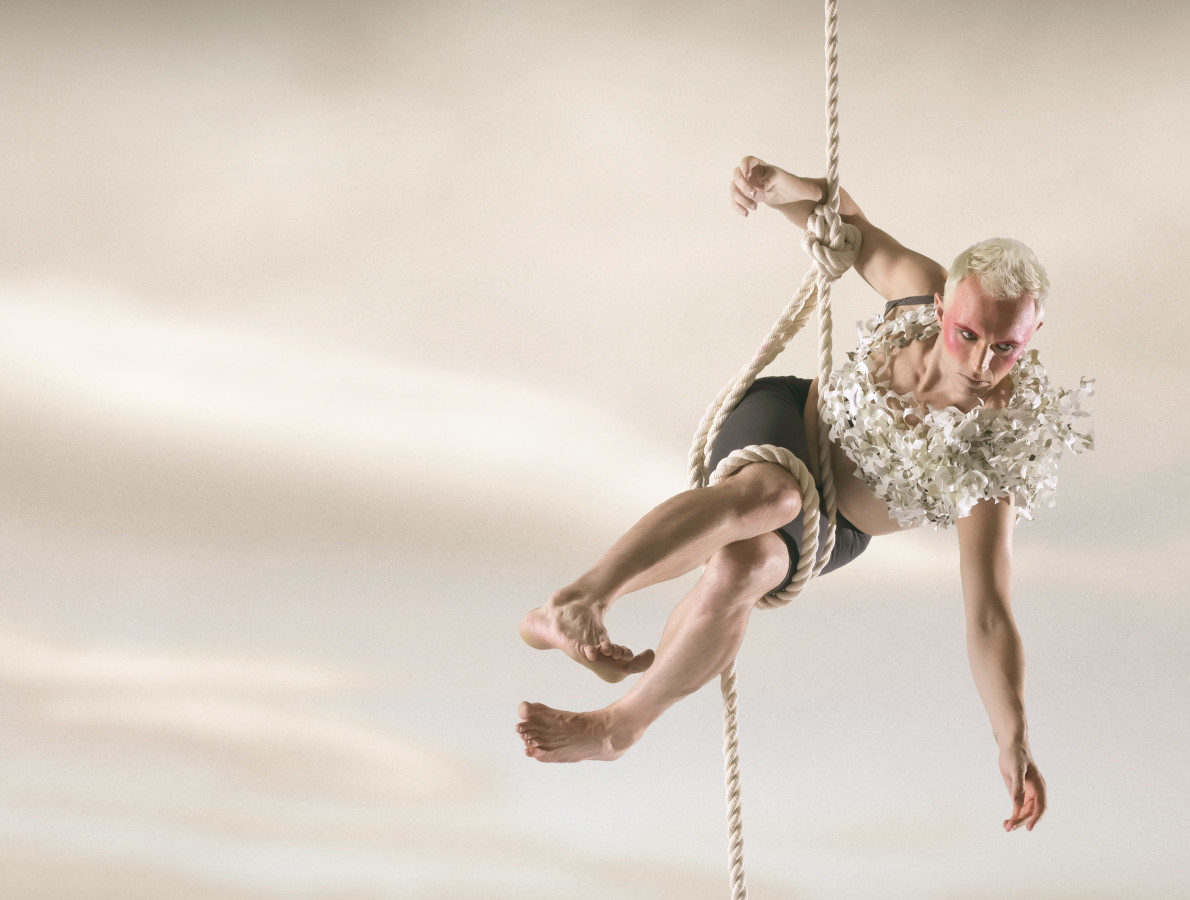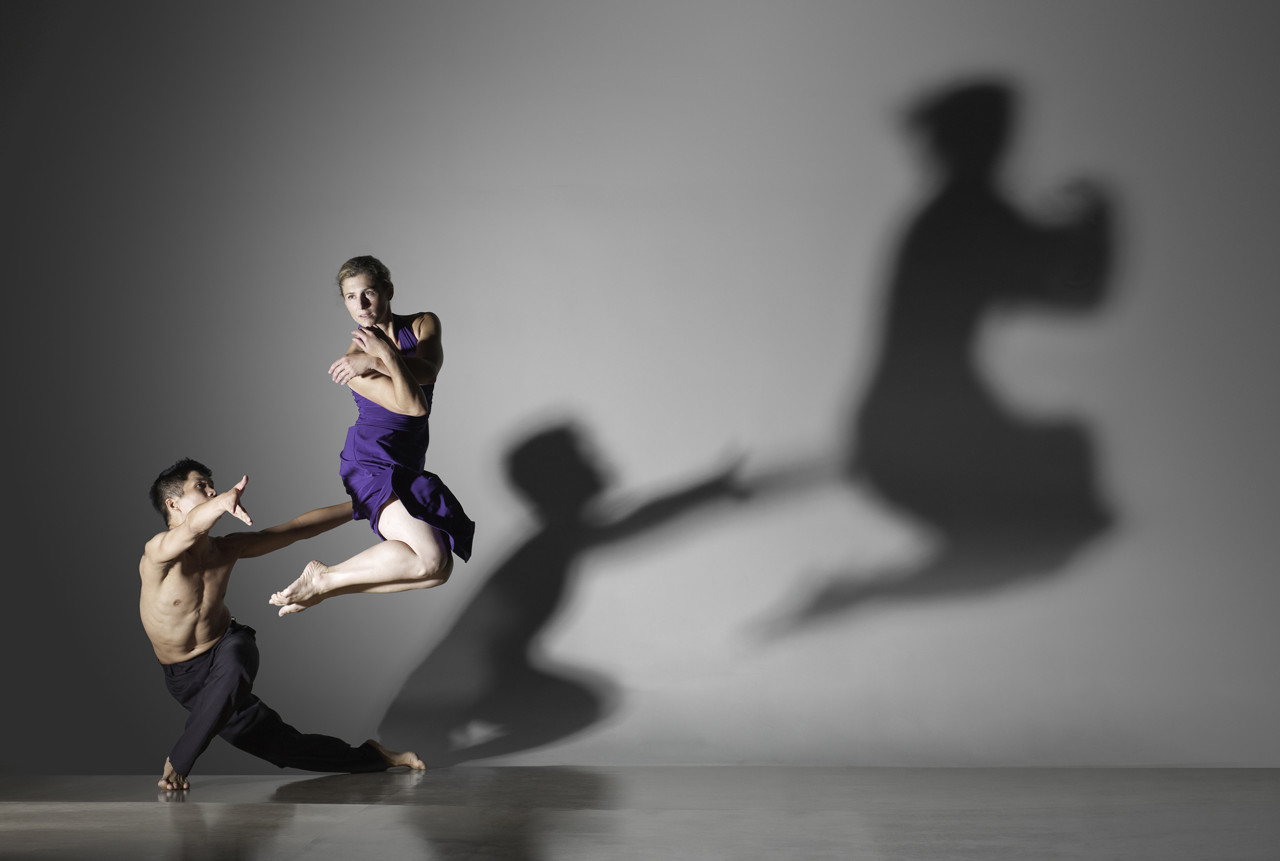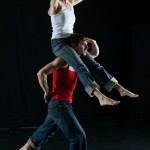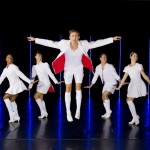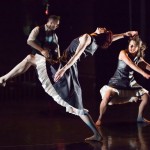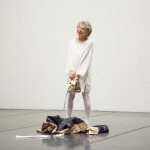Leigh Donlan reports from ground zero of contemporary dance in San Francisco:
The arts are the best insurance policy a city can take on itself.
– Woody Dumas, former Mayor of Baton Rouge
San Francisco was once a magnet for artists, an ideal place for them to settle and thrive. Now they flee.
It’s a pattern: artists have decamped from the arts capitals to more affordable cities – from London to Berlin, New York to Los Angeles, and now San Francisco to Portland. Can San Francisco continue to be a global model for sustainability and progressive politics with this hemorrhaging of its lifeblood?
Thanks to the exorbitant and still rising cost of real estate, with the city ensnared in a protracted lose-lose battle between anti-skyscraper forces and commercial interests, all arts organizations, large and small, are being forced to rethink their already shaky business models. It’s the smaller, leaner companies who are most severely affected by the loss of rehearsal and performance space, as real estate developers and tech companies gobble up entire city blocks. Even with such initiatives as CAST – the Community Arts Stabilization Trust, which arranged the purchase of a new home for community arts organization CounterPULSE at 80 Turk, with assistance from Market Street neighbors Twitter and Zendesk – and Joe Landini’s SAFEhouse Arts, there is still a perilous shortage of long-term space and funding for our creative communities.
Artists and companies are exploring creative solutions by increased collaboration – often sharing rehearsal and performance spaces, and production costs, in an effort to bolster ticket sales and lengthen show runs. Artists are banding together for their own survival, yet long-term, industry-wide solutions require a seismic shift in popular sentiment and a rallying of political will.
If art, all art, is concerned with truth, then a society in denial will not find much use for it.
– Jeanette Winterson, Art Objects
Is San Francisco in denial? Has the audience for live performance dwindled to dangerously low levels? We’ll find out next week, when contemporary dance converges at various locations around the city to explore the theme of relationships, notions of ownership, and strategies for coexistence.
Ballet to the People spoke with four directors from presenting companies:
RAWdance, co-artistic directors Wendy Rein and Ryan Smith present Mine at the Joe Goode Annex Dec 3-13
Co-artistic directors Wendy Rein and Ryan Smith speak with me together on a conference call, which is unusual and refreshing. These two do everything in tandem, all decisions carefully crafted by both minds, including the answers to my questions. On presenting Mine at the Joe Goode Annex – a 2013 work inspired by their residency in rural Ucross, Wyoming – Rein says:
We were living in the middle of nowhere, very few humans and thousands of deer. Yet, there were the markings of [human] ownership carved out in the landscape, and we began to explore what possession and control really means.
Smith adds:
All of our work starts with a question. For this piece, it was how does this need for ownership manifest in our own daily lives.
Co-directing has been efficient and practical. Smith quotes Aristotle’s concept of synergy: “The whole is greater than the sum of its parts.” Rein adds, “We definitely disagree sometimes. We have to prove to the other the value of our decisions.” By teaming up and sharing resources, Rein and Smith have more access to studio space, time and funding.
In the future, I hope to hold onto an active dance space in San Francisco. Right now we shift between rehearsal spaces, which affects our work because we don’t have a consistent home or process. Part of the reason we could pull off Mine is because we were able to build this large work there [at the Joe Goode Annex]. If we didn’t have access to that space and time, it wouldn’t exist.
–Ryan Smith
EmSpace Dance, director Erin Mei-Ling Stuart presents Whether to Weather at NOHspace Dec 4-13 in a split bill with detour dance
There needs to be a bridge between the old San Francisco and the new San Francisco.
– Erin Mei-Ling
A 23-year resident of San Francisco and the director of EmSpace Dance, Mei-Ling Stuart has experienced the many ebbs and flows of the city’s monetary stream.
“I’d like to see affordable, subsidized housing for artists who contribute to the city so that (SF) can continue to be a place for creatives. I’d like to see the new residents supporting the arts more. There’s no longer a viable business model [for arts organizations]. Sustainable for me is doing a show every other year. I have a day job,” she explains. Which is the only way many Bay Area artists are able to survive: art as a vocation, not a career.
Mei-Ling Stuart will be sharing a bill with detour dance at NOHspace, premiering Whether to Weather, a 45 minute dance-play written by Brian Thorstenson about two couples – one a whirlwind romance and the other a long-term breakup. The stories are weaved together through dialogue, gesture, song and dance.
detour dance, director Eric Garcia and Kat Cole present Beckon at NOHspace in a split bill with EmSpace Dance Dec 4-13
“Beckon looks at power dynamics,” says Eric Garcia, the co-director of detour dance (with Kat Cole.) This dance theatre premiere threads together four narratives seen through the lens of queer people of color.
Garcia and Cole have worked together for years, also with Erin Mei-Ling Stuart of EmSpace. The three have performed in each other’s works and have a similar aesthetic that is intimate, honest and quirky. “We complement each other and support each other.”
To be blunt, there needs to be more support from audiences, theaters and funding sources. But there is a lot more resourcing happening amongst artists with different spaces and through collaborative works. [The question is] how do we find a healthy, sustainable practice.
– Eric Garcia
Garcia also heads the Tiny Dance Film Festival, a grassroots initiative to showcase emerging and established dance filmmakers.The festival will take place in April 2016 at the Ninth Street Independent Film Center.

Erin Mei-Ling Stuart of EmSpace Dance, with Eric Garcia and Kat Cole of detour dance (Photo: Kegan Marling)
Printz Dance Project, director Stacey Printz presents Hover Space at Z Space Dec 3-4
“I really wanted some way to raise the stakes for the dancers and the audience.” Stacey Printz is describing Hover Space, her 2011 revival that will be performed two nights only at Z Space. “It’s about how we find contentment, and what it looks like in a relationship with a partner.”
Printz had a 12×16 foot stage designed (by Sean Riley) that hovers above the stage floor and creates an unstable terrain for the dancers. “You have to be willing to shift your weight… like the precarious and constant shifts that all of us go through in our lives.”
Printz remains optimistic about the future of the arts in San Francisco:
One of the (still) unique and exciting things about San Francisco is the ability to show work. There are lots of ways to be seen. And you can go see new work at any given time, there is so much happening.
Regarding the tech boom and real estate prices:
I think we need to flip the conversation to more positive, forward-moving solutions. How can we (all) include each other in our communities.
Be there next week as San Francisco dances on the cutting edge.


